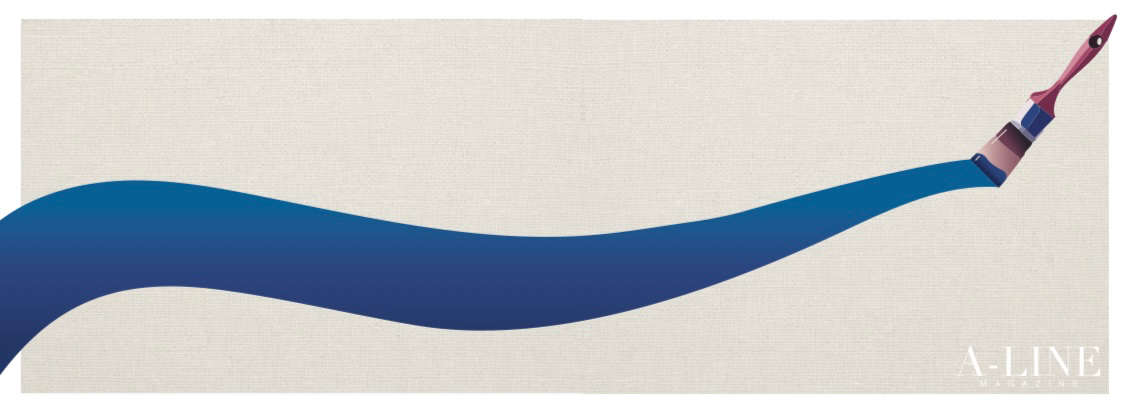Brushing Away the Blues
Art is all around us; art is what brings beauty to the corruption and immorality of humankind. It is a display of emotions that brings people together and showcases their humanity. It only makes sense, that art is also used to heal the mind and soul.
In a world that is always moving at a frantic pace, art therapy is gaining a prominent role as a powerful tool for healing and self-discovery. By delving into the power of creativity, this non-traditional therapeutic approach allows people to explore and process their emotions.
Unlike traditional forms, which heavily rely on verbal communication, art therapy provides a non-verbal means of expression. The rhythmic motion of a paintbrush gliding across a canvas can be meditative, offering respite from the chaos of daily life. The vibrant hues and textures of the artwork become a visual diary, chronicling the ebb and flow of emotions over time. Through drawing, painting, sculpting, and other artistic mediums, individuals can communicate complex feelings that may be difficult to put into words. One of the key advantages of art therapy is its ability to reach deep into the subconscious and bring forth suppressed experiences and emotions that may be buried, allowing the mind to break free. By engaging in this creative process, individuals often gain insights into their thoughts and feelings, fostering self-awareness and understanding.
One of the remarkable aspects of art therapy is its versatility. Whether painting, drawing, sculpting, or even collaging, the variety of mediums empowers individuals to choose the artistic language that resonates most with them. This diversity allows for a personalized therapeutic experience, fostering a sense of autonomy and control that is often elusive in the face of life's challenges.
The therapeutic benefits of art are not limited to any particular age group or demographic. From kids to adults to seniors, individuals facing unrest in the mind have found solace in the healing power of art therapy. Art therapy is also very instrumental in the development of kids’ minds. Children may not have the verbal capacity to express themselves fully, but through drawing and coloring, they are able to communicate their thoughts and feelings. Therefore, in order to stimulate the brain, kids are always encouraged to draw and make creative projects to express their ideas in school.
Looking at art therapy scientifically, creating art releases endorphins, which, combined with the meditative and mindful aspects of the creative process, can improve mood and mental well-being.
Art therapy is not a replacement for traditional therapy; it is a valuable complement. Integrating art into counseling sessions can enhance the therapeutic experience and provide a more holistic approach to mental health care.
Art therapy is not about creating a masterpiece; it is about the journey of self-exploration. The focus is on the process, not the result. Creativity becomes a powerful catalyst for emotional well-being in this realm of art therapy. The process allows individuals to bypass their inner critic and connect with their authentic selves. Art therapy stands out as a beacon of creativity and healing, showing that the path to healing is just a canvas away.
Written by Isana Mehta, Design: Maitri Modi, Social Media: Megan Hall, Videography: Amy Kingston

